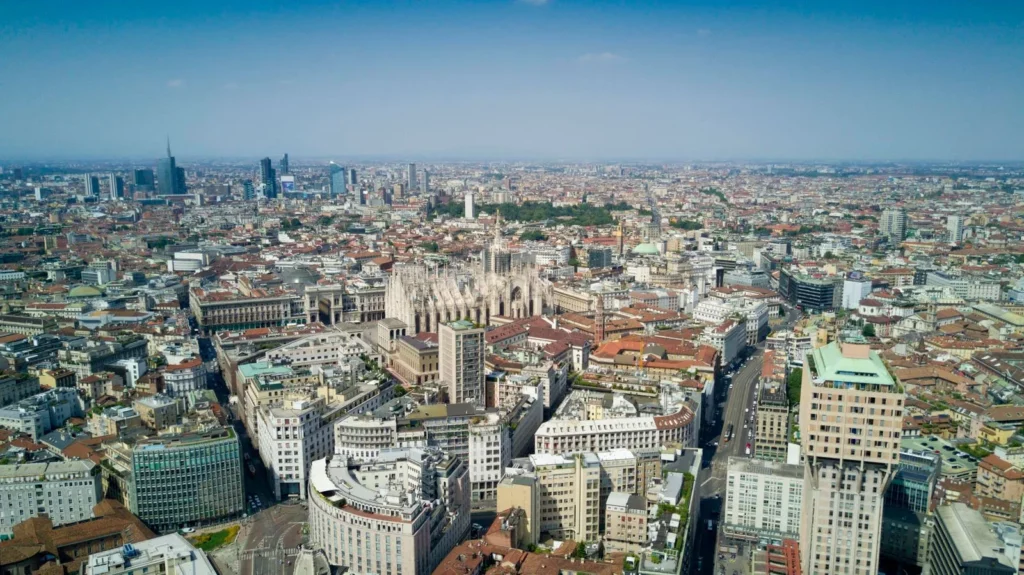
Italy’s Flat Tax Is Quietly Reshaping Its Real Estate Market
While the world continues to focus on tax reform debates in major economies like the UK and US, a crucial development has been quietly unfolding in Italy. The country’s flat tax regime, initially introduced in 2017 and expanded to €200,000 in income per year for new applicants, is dramatically reshaping its real estate market.
The Italian government’s bold move has positioned the nation as an attractive destination for high-net-worth individuals (HNWIs). Since 2023, nearly 4,000 people have joined the regime, and this trend shows no signs of slowing down. The influx of international residents is now impacting prime property demand in cities like Milan, Rome, and Florence, alongside lifestyle destinations such as Lake Como and Tuscany.
Italy’s real estate market has responded accordingly, with prices rising dramatically in these areas. Milan’s residential market has seen a 15-28% increase over the past five years, making it both the most dynamic and expensive property market in Italy. In sought-after neighborhoods like Brera and Porta Nuova, prices have exceeded €15,000 per square meter. Meanwhile, new-build developments with energy-efficient features are being snapped up for an average price of €7,250 per square meter.
Moreover, formerly neglected districts like Bovisa and Lambrate in Milan are witnessing 12% year-over-year growth due to regeneration efforts and transportation upgrades.
However, the momentum is not without its challenges. The surge in demand continues to outstrip supply, particularly in prime areas where properties frequently receive multiple offers and sell within weeks. This has led to increased construction costs, lengthy permitting timelines, and an array of regulations aimed at enhancing energy efficiency. These obstacles pose a significant barrier to developers.
Affordability concerns are also emerging as international capital flows into the market, widening the gap between local income levels and housing costs. Without a corresponding increase in supply, Italy risks exacerbating affordability pressures akin to those seen in other global cities.
Administrative bottlenecks are further complicating matters, with permitting processes varying significantly across municipalities. International investors may be deterred by this lack of consistency, potentially delaying projects.
Therefore, the Italian government must now focus on streamlining permitting processes and implementing coherent planning strategies nationwide. This would not only reassure international investors but also help address affordability concerns.
Ultimately, Italy’s flat tax policy was never meant to be a quick fix; it was designed to draw in individuals who will become long-term residents and contribute to the economy.
Source: www.forbes.com


